I’ve visited Italy twice in my life, or even three times if you count the occasion that I arrived at Milan after a few months in South East Asia, then immediately booked myself onto the next flight to London without leaving the airport because my ‘friend’ stood me up, hence I decided to simply go home instead. Aside from that minor dalliance with Milan airport which I’ll choose to ignore in the context of this post and life in general, I’ve always been awestruck by Italian towns’ and citys’ overwhelming sense of beautiful, crumbling, architectural romanticism. Of course for a foodie (ugh! That word) like myself, eating is another highlight, because the Italians have a very powerful secret ingredient in their food, passion. They’re also blessed with fruitful and abundant produce which their land pours forth and without doubt their cooking makes the most of that bounty as well.

Recently, I was lucky enough to be whisked away to Venice for a weekend (It was the first time I’d ever been whisked and I can highly recommend it). I’d never been to Venice and I’m never one to turn down the opportunity of an adventure, so off we went to what I would discover is a slightly crazy city of beauty. It was only on the journey there whilst reading Venice is a Fish by Tiziano Scarpa that I understood exactly the foundations and soul of Venice, how it’s a man made island built on a foundation of tree trunks that have been driven into the bed of the sea and then built upon. Also, the peculiar notion of being utterly free of powered vehicles on land, so not a single moped, car, truck or bus, and even bicycles are illegal, which makes it tailor made for tourist exploration on foot. Lastly, how numbing the sheer beauty of the place is, how much of a burden the Venetians have to shoulder by living amongst the striking surroundings on every street in that town.
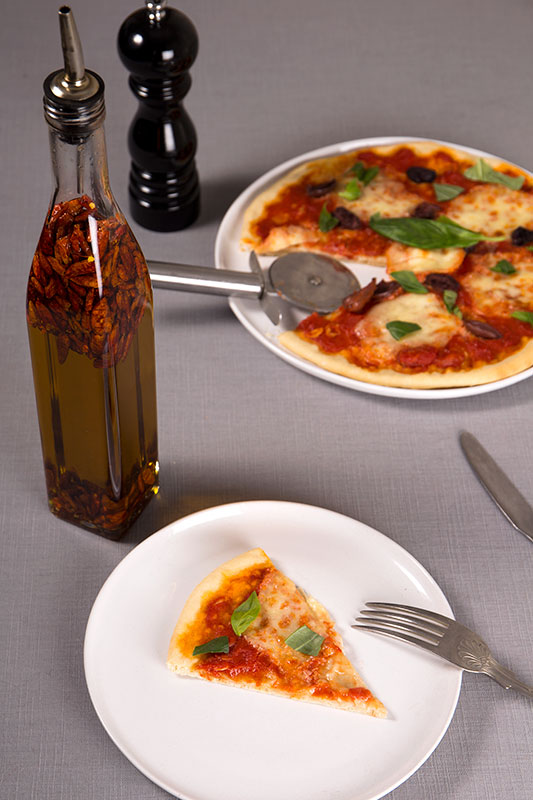
Our time in Venice was fantastic, such entrenched beauty in the surroundings meant I was able to forget about the ever present throngs of tourists, jam packed into the town even during the low season. One of my favourite memories was getting up before sunrise and the bountiful bottomless breakfast buffet to walk around town in the cold and dark rain of the early morning. Although this may sound less than idyllic (cold, dark, rain), it was the perfect chance to see the city behind the city. People hurtled around with intent, locals wending their ways to work or back home, easily discernible from tourists by their confident and fast negotiation of the tight alleyways, as opposed to the dithering, map-clutching sightseers mustered on street corners during the daytime.
Industrial tugs and barges rarely seen during daylight, phutted along the canals, transporting the lifeblood of businesses throughout the city like waterborne insects, ready to scuttle away and hide the moment the lights came on. Pairs of porters ran around with large trolleys balanced full of food, drink and laundry, gulping up stock from the aforementioned barges, making those essential deliveries before people just like myself start demanding the contents of their trolleys from the bars, cafes, restaurants, shops and hotels.
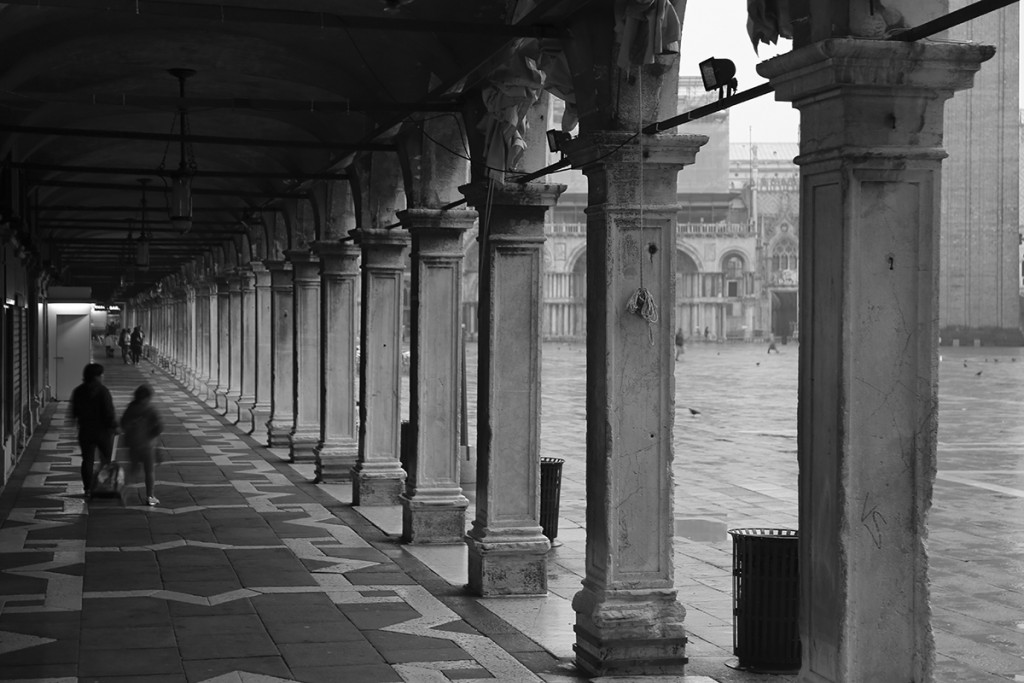
After a brief pause in a beautiful, deserted St Marks Square lit by a thousand sparkling lights which suddenly went out as the first hint of light sullied the pure darkness of the sky, I stopped down by the waters edge and captured a cloudy sunrise over the water. If you ever visit Venice and can stomach rising at 6am, I’d highly recommend a pre-breakfast stroll as it allows you to see the city in a very different light and understand how it actually works, plus, gives you a little space from us tourists to enjoy that early morning light.
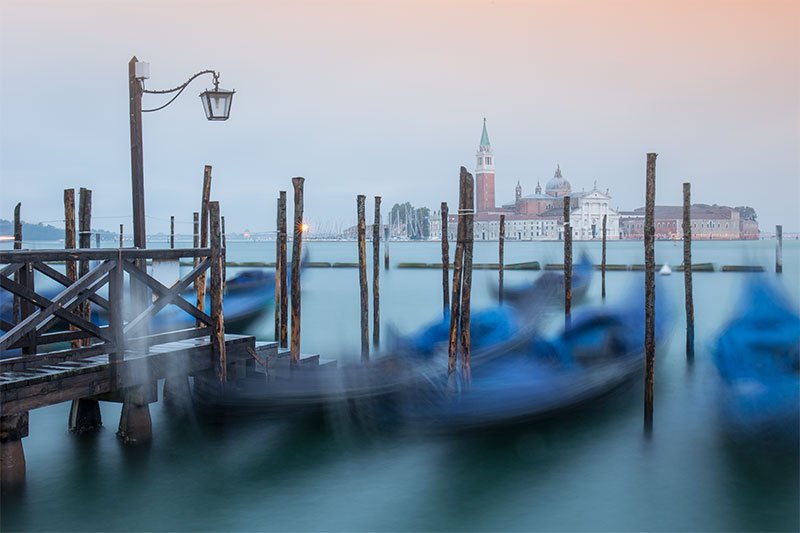
If you’ve read this far, bravo! I’m now going to talk about food. Amongst all the food that I enjoyed on the holiday, two items that stood out for me during the trip were condiments. Firstly, the quality of the balsamic vinegar served in (some) restaurants, was an utter joy, unctuous, velveteen, sweet liquor. Secondly, beautifully flavourful chilli oil, or olio di peperoncino was always available, especially for pizza. I’ve bought versions of this in the UK and been incredibly disappointed, quite unsure how manufacturers can create such a simple product with so little flavour or heat.
Luckily it’s a very simple thing to make, after all it’s just oil and dried chilli, preferably peperoncino, the potent little Italian dried chillis. Just buy a bottle of extra virgin olive oil, nothing too flash as you’re going to be trampling over the flavour with the chilli, plus if you can find one in a nice looking bottle then you can just plug a pourer in the top and you’re ready to go. Then you need a bag of peperonino, the incredibly fiery little chilli peppers beloved of the mediterranean. That last bit is easier said than done, they’re simple to pick up in Italy and you might have some joy in a well stocked Italian deli, or you can fly to Italy and pick some up, which is sort-of what I did. If, however you can’t find them, then you can substitute with any dried chilli, although the heat and the flavour may differ slightly.
And so, I said goodbye to Venice and headed home with my little stash of peperoncino, keen to make some full flavoured chilli oil ready for my homemade pizza adventures.
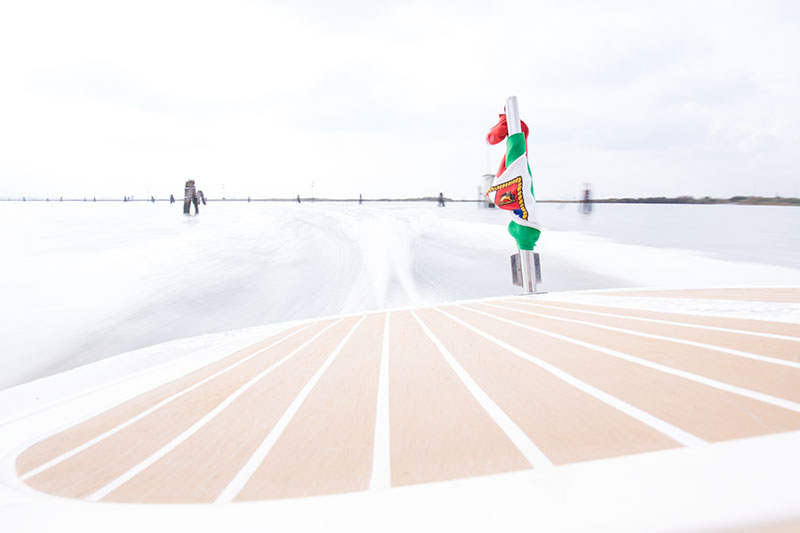
H&S
There is much information online about the food safety implications of making flavoured oil, whether or not to heat the ingredients, the dangers of botulism and so forth.From what I can understand, if you are making chilli oil in the olive oil’s original bottle, which should be perfectly sterile, with commercially dried chillis that have been produced in a clean environment, then you should be safe. The commercial production of these foods should give you sterile products that have been treated to ensure botulism won’t develop once you’ve combined them. If you will be transferring the oil to a different container for long term storage, make sure that everything it comes into contact with during the process is sterilised. Don’t pour it all into a jug unless that jug has been sterilised.
The big no-no is adding fresh ingredients, such as garlic or herbs, it’s these un-dried ingredients that can create the possibility of nasties developing.
One option to be doubly safe is to add the oil and chillis to a saucepan and heat it gently, stopping as soon as you see any sign of cooking or smoking, and then leaving to cool down before pouring into your sterilised bottle for final storage.
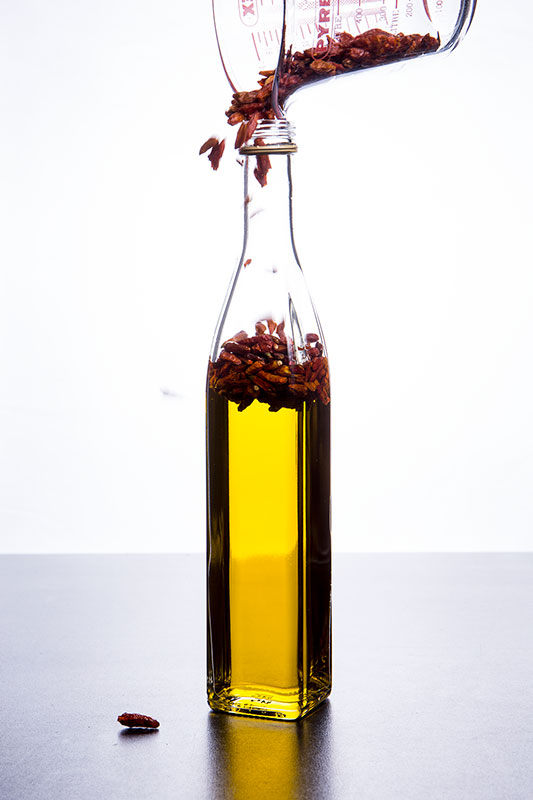
Olio di peperoncino chilli oil
By Gavin Wren
Makes 500ml
Uses a bottle
PDF recipe card to download or print
Ingredients
500ml bottle of extra virgin olive oil, not too strong in flavour
40g whole dried peperoncino or other dried chilli
Directions
Leave for a month to infuse, shaking the bottle every few days. Generously add to any food you feel may benefit, especially pizza!
The strength and quantity of the chillis that you use will determine how hot the oil is. If you make it and it becomes way too hot, you can always ‘water it down’ with some fresh olive oil from a new bottle. Likewise, if it’s not tasty or fiery enough then you can always add more dried chilli.


